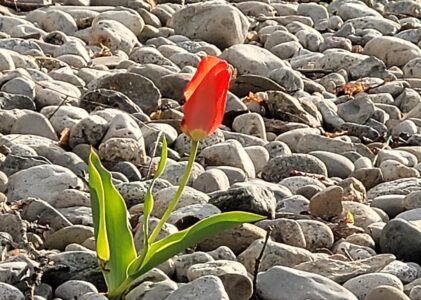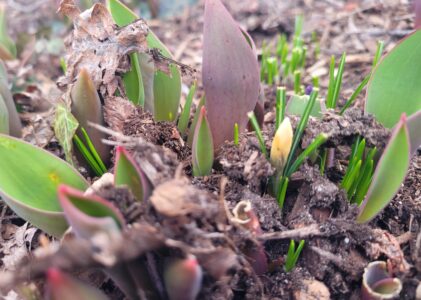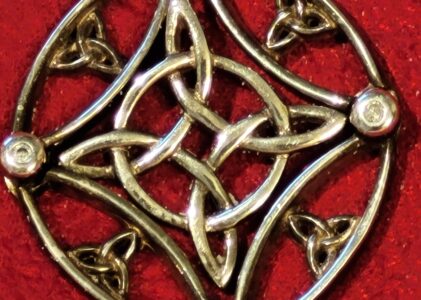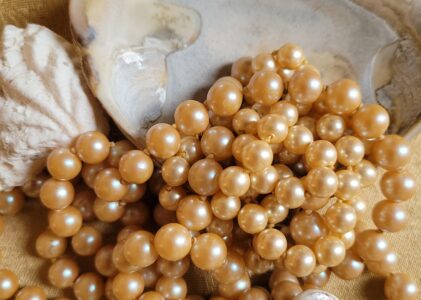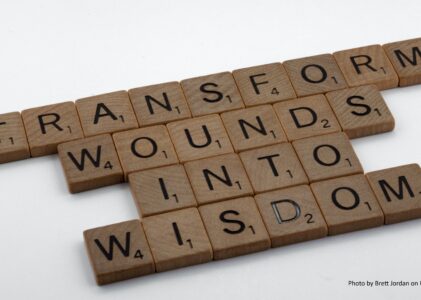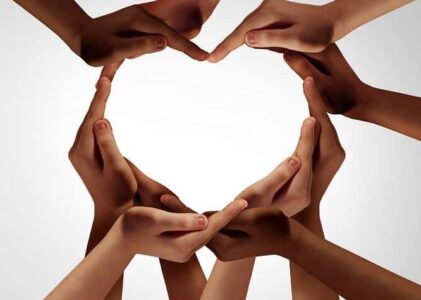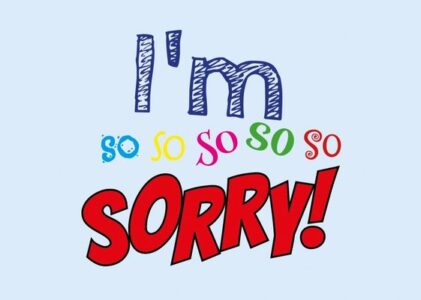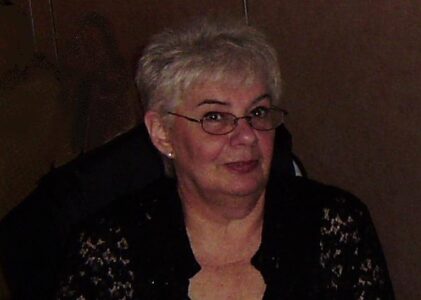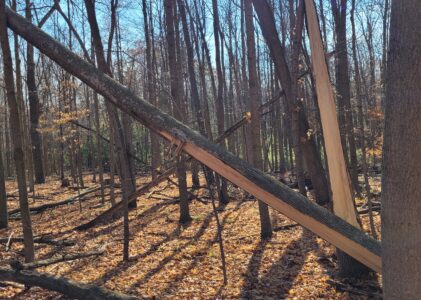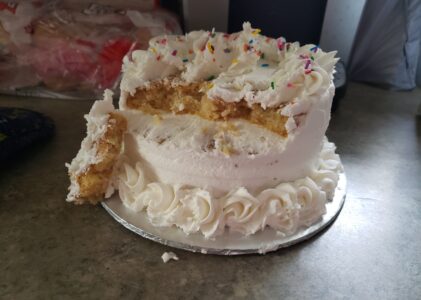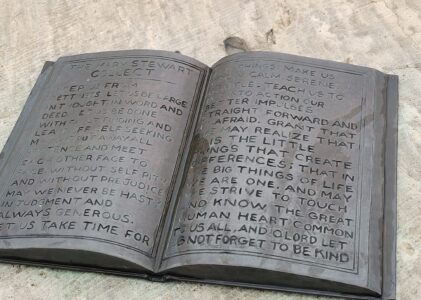The Body Speaks, are you listening to it?
There is a non-verbal language that is occurring continuously within us.
Our nervous system, our many hormones, our intuition, interact as a symphony flowing, moving, shifting as one response creates another. Intermingling with each other, one raises the tempo, the next lowers the volume all so that the human being remains in harmony.
The conductor for this musical journey is the life source itself.
Every cell in your body is capable of memory and consciousness. Dr. Bernie Seigel tells us,“ Your dreams, symbols, drawings and feelings tell us this and now so does science. Transplant patients can tell information about the individual whose donor organs are within them. So please pay attention to the messages from your body and heal whatever may be hurting you. And be aware of the information you are giving your body. Please don’t let your ability to think, overcome your ability to feel. “
Let’s look at some of the instruments in our orchestra. Remembering the instruments themselves do not make the music. It is the Self, the person, the human being playing the instrument. It’s the frequency, the life source that creates the harmony.
As the majority of the Baby Boomers are coming into their mature years, the topic of hormones especially in para-menopausal and menopausal women are getting a lot of press.
Let’s take a moment to remember that women are working in careers now for longer than other time in history. The external stresses on a person do affect the internal hormonal reactions.
Most of us know the major chords of Estrogen, Progesterone, Human Growth Hormone. Today let’s talk about some of the minor chords, Cortisol, Leptin, Renin, adiponectin.
Let’s start with the endocrine system. The adrenal glands are workhorses in the body. Not only do the adrenals produce cortisol, and adrenaline, but they also make the hormones that turn into female hormones, estrogen and progesterone and male hormones like testosterone. Women need testosterone as it plays a substantial role in libido. Libido isn’t just the desire to have sex; it is tied into your mental well-being. Your drive, your ambition is tied into your hormonal balance.
The adrenal gland produces important chemicals like adrenaline. Adrenaline gives a body the energy to act quickly. Adrenaline draws on the fat storage for energy during stressful situations. It is usually burned off quickly once the danger has pasted. It quickens the pulse, stops digestion, shuts down the sex organs, because the body needs to respond to the danger immediately. Once the danger is over, the adrenaline decreases and systems go back to normal.
The adrenal gland gets the signal to make the chemicals or hormone from the pituitary gland. It tells the adrenal gland to produce adrenaline and cortisol as it has perceived danger.
When the perceived danger, or a continuous stress does not decrease, the body releases high levels of cortisone. Unrelenting stress, like worries about finances, a job you hate, toxic relationships where you feel you must put on a smile, and stuff your feelings. A chronic illness or generally feeling overwhelmed with your life can cause lasting damage. Women who have been through traumatic situations, may carry a higher cortisone level, if they have not had the opportunity to heal their emotional, and mental concerns. This shows up in the body.
Cortisol is a powerful ally. It helps maintain blood pressure, temperature, controls inflammation – is often given for pain reduction. It is active when we exercise excessively, works with the sleep/wake cycle. Emotional and physical upsets cause the brain to trigger to produce more cortisol. But when cortisol is excessive. It can cause havoc. Cortisol draws on muscle tissue for fuel. Prolonged stress can lead to muscle wasting, and high blood sugar simply because your body is struggling to adapt. Neuropeptide Y is another stress hormone that controls eating habits. When released it decreases metabolic rate. This causes more belly fat storage and fuels cravings for sugary foods and carbohydrates.
Cortisol also decreases metabolic rate by interfering with thyroid hormones.
Both NPY and Cortisol boost abdominal fat storage.
Cortisol depletes serotonin, the happy hormone . Serotonin is created in the gut. It’s decrease also creates carbohydrate cravings.
Cortisol can cause blood sugar imbalances, resulting in hypoglycemia. – shaking, irritability, fatigue and headaches between meals. (Hangry)
Cortisol causes a person to eat more than needed, by stimulating appetite-boosting NPY and blocking appetite supressing leptin.
Since cortisol saps testosterone, it can cause a languishing libido, and other serious health risks.
Excess cortisol leads to sleep disruption, which can lead to high blood pressure, mental and emotional issues, muscle fatigue, and lack of focus, and decreased mental capacity. Wounds take longer to heal, proprioception is impaired, struggling with balance and dizziness can occur.
How do you know if your cortisone is out of whack? Dr. Natasha Turner offers a checklist in her book The Hormone Diet. A saliva test will give you a hormone profile. It can tell if cortisol is too low in the morning, and too high at night. High cortisol at bedtime contributes to chronic insomnia. IF cortisol is low all the time as shown in the saliva testing, it is one indicator of adrenal burnout. In fact, a saliva hormone test will give your estrogen, estradiol, progesterone, melatonin, testosterone, adrenal and cortisol profile. I believe it is well worth it to have your hormones tested, so you have a base line. Many Naturopathic doctors and Functional Medicine doctors recommend the test for peri-menopausal, menopausal women or when younger women are struggling with fertility concerns.
“ To be lean, strong, vibrant, mentally focused, emotionally stable. We must control our cortisol.” Dr. Natasha Turner, author of The Hormone Diet.
So how to you do that?
Here a few immediate ways you can start.
- Do an assessment of your life and identify what it is that is stressing you. This sounds easy. It may be the daily commute, it may be an external pressure, like deadlines or a difficult boss, or other person of significance in your life. It maybe a belief system that was handed down, or put upon you, that no longer serves you, if it ever did. Grief and other unprocessed emotions.
- Pause, Breathe. Do an inhale to the count of 4, hold it for a count of 4, exhale for 4, then hold before the inhale for a count of 4. Wim Hoff offers many youtube videos on breathwork. Watch one, try it and see how you feel.
- Eat to fuel your body, not just to fill it. Healing foods are made by God. They are natural, close to source, full of enzymes, nutrients and vitamins and minerals and are not manufactured and highly processed. Think fresh organic apples, dates, crisp colourful veggies, berries, beans, grass fed beef or pasture-raised chicken and wild-caught fish.
Eat green veggies. Add a greens drink to your day because the minerals you will get will help to calm the fire that stress creates. Sea veggies have iodine which our thyroid needs. A quarter to a half a lemon, squeezed in hot boiled water every morning is a great cleanser for your liver. It provides Vit C and helps clears up skin blemishes. Try it. Drink instead of a caffeinated beverage. - Eat nuts, and seeds. Brazil nuts are high in selenium; almonds provide magnesium which does over 60 functions for the body. Walnuts for the brain. Sunflower seeds, pumpkin seeds are high in zinc, and sesame seeds are a good source of calcium. Fresh ground Flax seeds are an excellent source of fibre and can sweep out excess estrogen. Soluble fibre with lots of water helps to detoxify the gut, adding a probiotic creates and intestinal microflora that allows the beneficial bacteria to thrive. Remember our serotonin comes from the gut.
- Dark chocolate has antioxidants, magnesium, and enzymes. Sugar free. Choose organic cacao when you can.
- Detoxify your cosmetic bag. Lead found in lipsticks, sodium lareate sulfate , sodium benzoate found in face cleansers, shampoos, etc are all endocrine distruptors. Choose organic, natural cleansers, make up – lots of choice available. Essential oils are great ways to improve your wellness, and lower stress. Only lavender and teatree can be used neat. All others must be diluted in a carrier oil, like jojoba oil, sweet almond oil, evening primrose oil. Consult an aromatherapists for ratios.
- Avoid inflammatory foods, like fast food, high-fructose corn syrup, chemical laden process foods, low-fat , and sugar-free labelled foods all contain chemicals that mess up hormones.
- Enjoy a warm to hot Epsom salt bath before bed. The increase in body temperature encourages detoxification. Epsom salt, which is magnesium sulfate, soothes muscles, promotes relaxation. As the body cools, a lower body temperature assists with better sleep.
- PureBioenergy Healing Therapy will balance hormones, improve sleep, reduce stress levels and balance our immune system. It brings harmony to the whole person on all levels.
- Get fresh air and exercise. The sun is essential to our hormones. Vitamin D is a pre-cursor to every hormone in the body. Exercise with a friend. It’s fun and we keep each other accountable as it is hard to sleep in or put it off until tomorrow when we have someone waiting for us. Plus they encourage us to do that one more rep or walk the extra kilometre. Yes, You Can Do it.
Here is a recipe from Dr. Natasha : Lovely Lentil Soup
2 TBSPs extra-virgin olive oil
1 sweet potato , peeled and diced
1 large onion, chopped
4 cloves garlic, minced
1 tablespoon curry powder
1 inch piece of fresh ginger root, peeled and minced
1 tsp of cinnamon
1 cup of dry red lentils
4 cups of vegetable stock
2 tablespoons of tomato paste
Heat olive oil in a large sauce pan over medium heat. Add the sweet potato, onion, garlic, and ginger. Cook til vegetables are softened.
Stir in the curry powder, cinnamon, sea salt and cook for a few more minutes.
Add the lentils, vegetable stock, and tomato paste and mix well. Bring to a gentle boil, reduce heat and simmer covered for 30 minutes or until lentils are cooked.
Remove from heat and serve. Share with someone you care about.
As you listen to your body, provide it with nutrients and loving care, notice what transpires in your life. You are worth the time, and effort and the increase in energy, enthusiasm and vitality and strength will serve you long into your senior years.






